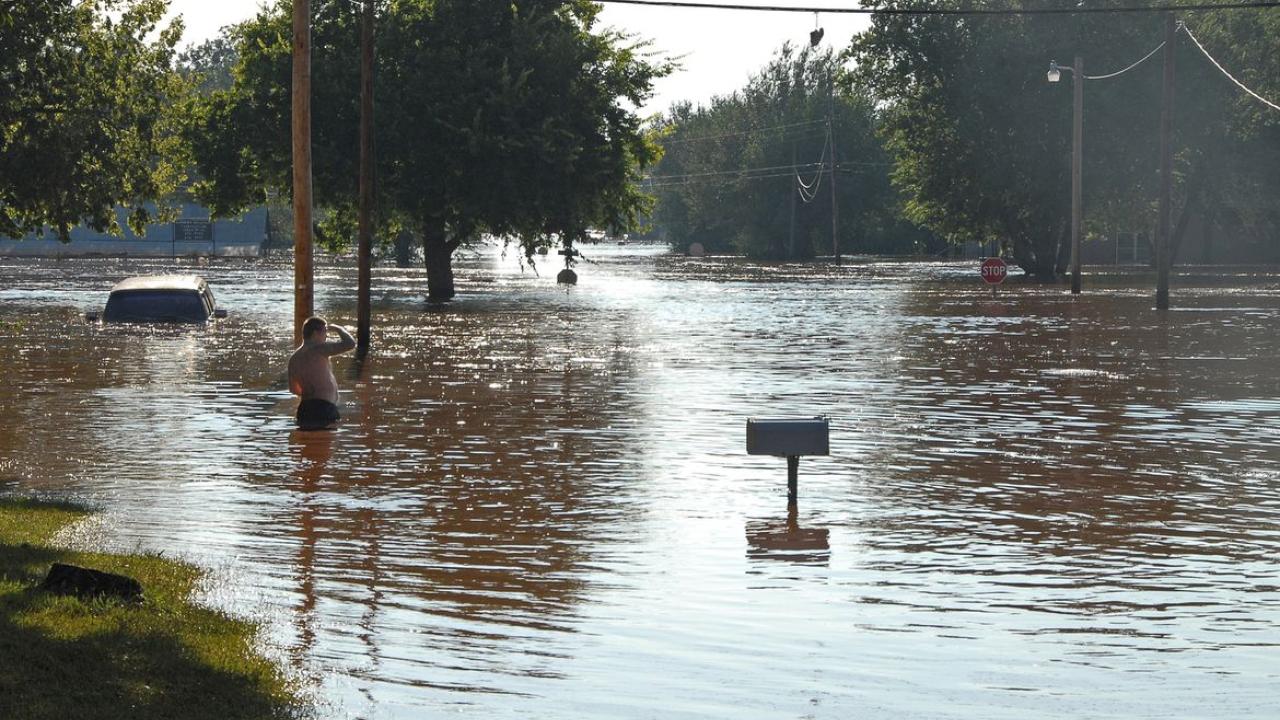Extreme rainfall events could become three times more likely and 20% more severe by 2079 – according to a new study led by Daniel Swain (climate scientist at the UCLA Institute of the Environment & Sustainability) and colleagues.
The effects of warming on both the severity and frequency of extreme rainfall are more profound compared to everyday rainfall. Massive in size and often devastating, extreme rainfall events were only projected to occur every 100 years based on historical records. However, the study finds if greenhouse gas emissions continue to rise rapidly, extreme rainfall would instead occur once every 33 years in the future.
“People’s exposure to flooding in a warming climate is definitely going to increase,” Swain said. “It could increase by a somewhat manageable amount or by a truly massive amount, and that depends both on the climate trajectory we take and on the demographics of the U.S.”
Read the full story on UCLA Newsroom.
Research team:
Daniel Swain, climate scientist, UCLA Institute of the Environment & Sustainability
Oliver Wing, honorary research fellow, University of Bristol School of Geographical Sciences
Paul Bates, professor, University of Bristol School of Geographical Sciences
James Done, research scientist, National Center for Atmospheric Research
Kris Johnson, deputy director of agriculture, The Nature Conservancy
Dick Cameron, director of science, The Nature Conservancy





